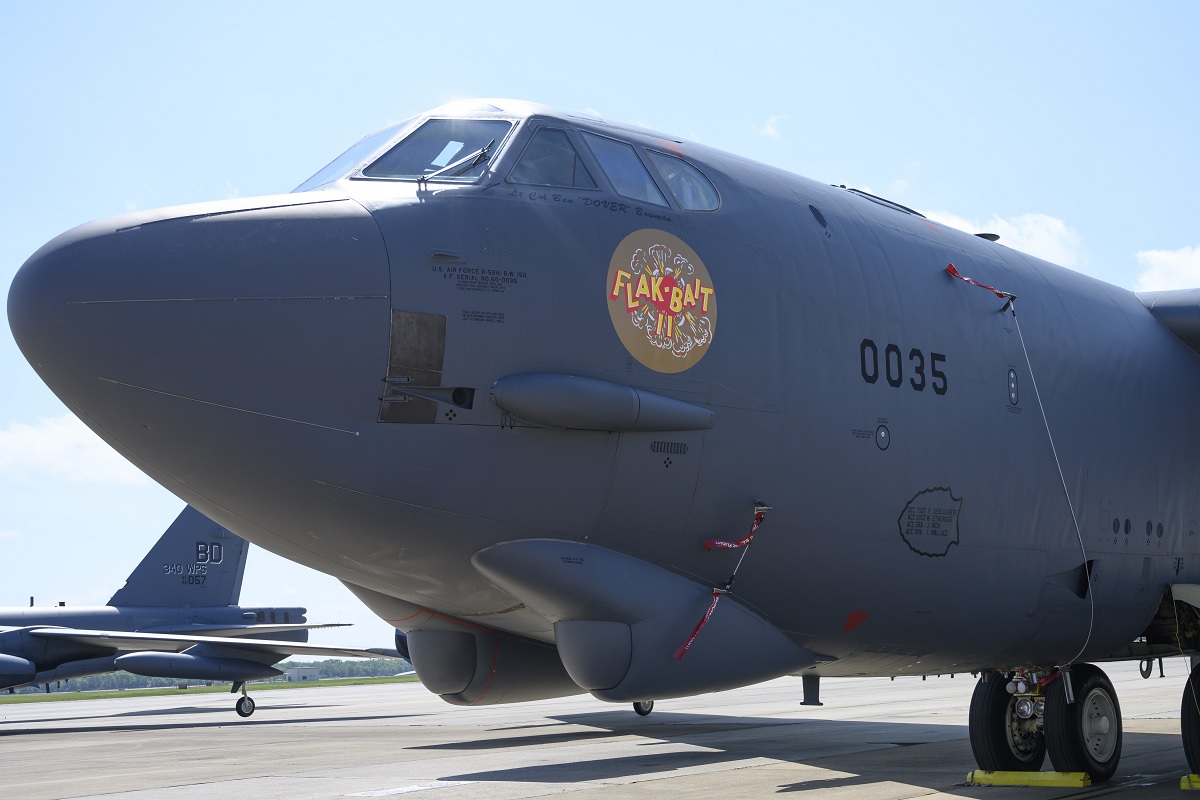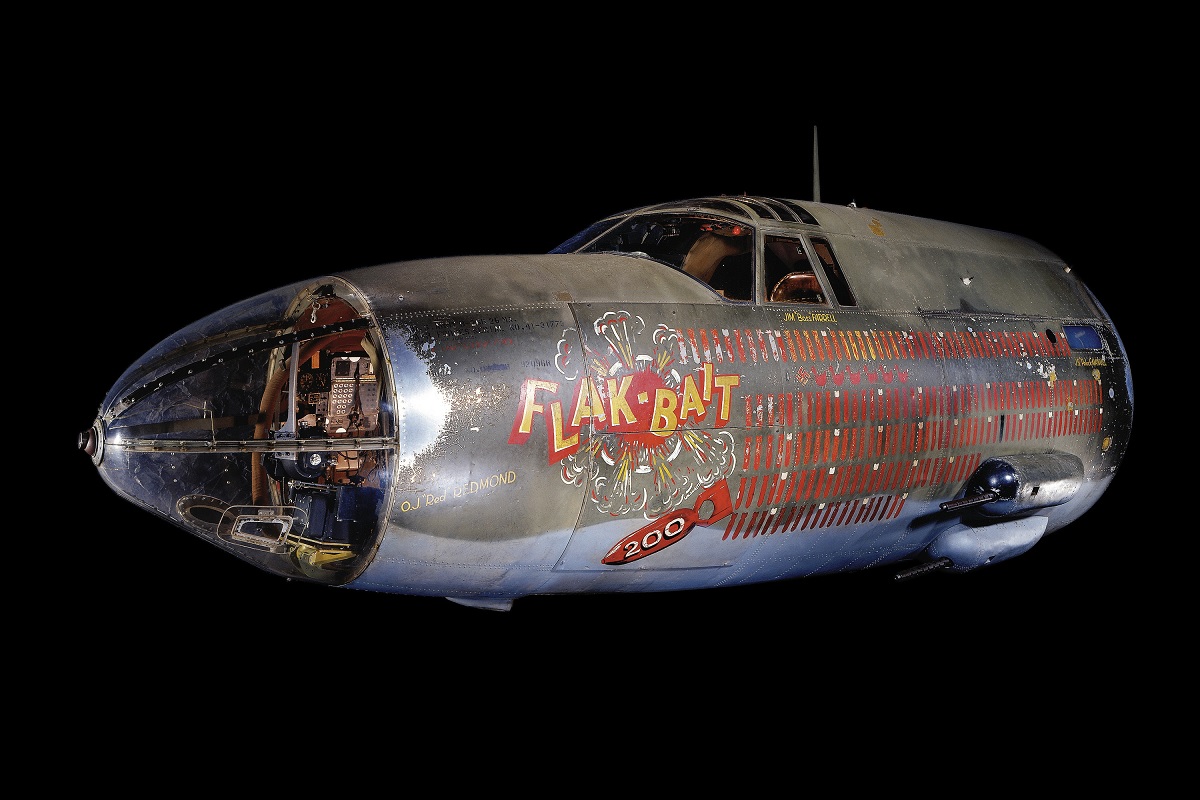Flak-Bait II now shares a name with the first bomber and its history
A Martin B-26 Marauder by the name of Flak-Bait had completed 207 missions by the time World War II came to a close in 1945, more than any other American aircraft. However, as Master Sgt. Ted Daigle, 307th Bomb Wing, in the article Spirit of B-26 Marauder lives on at Barksdale AFB, its achievement was lost to history until three Barksdale Air Force Base crew chiefs named a B-52 Stratofortress after the record-setting B-26.
During the war, Flak-Bait lived up to its name. It received hits on almost every mission, and German 88mm guns twice destroyed its electrical system and once took out its hydraulics. It only used one engine to return home on two additional sorties. By the conclusion of the war, the aircraft had taken more than 1,000 hits. There was not a single panel on it that was unharmed.

It was disassembled after the war and transported in crates to the storage site in Washington, D.C., for the National Air and Space Museum. It was kept in storage for many years, and the current generation of bomber aircrew had mostly forgotten about its name and past.
That is until 11th Aircraft Maintenance Unit crew chief Senior Airman Joshua Rich came upon the name. Rich was in command of a newly painted B-52 and was looking for a new name for it with the assistance of his two crew chiefs from the 307th Aircraft Maintenance Squadron, Staff Sergeant William Etheridge, and Tech Sergeant Patrick Deslauriers.
Rich accidentally proposed the moniker Flak-Bait when they first started naming things because he was unaware of the B-26 and its past. Rich was unable to explain how he came up with the name.
“It was something that was just in my head,” he explained. “I was a big airplane buff as a kid, so maybe it was something I read about in my childhood.”

The crew chief learned about the bomber’s past thanks to an internet search for the name and they became hooked. The Airmen chose to recreate the original plane’s nose painting and give the B-52 the designation Flak-Bait II. None of them had ever renamed a jet, therefore the steps to do it were quite unusual.
The crew chiefs made the choice to get in touch with the Smithsonian Air and Space Museum to find out if they required authorization to use the name. They didn’t and the museum curator was enthusiastic about the concept. Officials from the Smithsonian Institution advised Etheridge to contact Roberta Dow-Faulkenberry, the B-26 Marauder Historical Society’s secretary, for assistance in duplicating Flak-nose Bait’s decoration.
Since 1980, Dow-Faulkenberry has researched the history of Flak-Bait. She estimates that she has spent several hundred hours researching the bomber. When Etheridge contacted her, she was delighted to assist.
“It’s amazing that we are actually bringing our first-generation aircrew back into the light,” she said. “There aren’t very many of them left.”
The original Flak-Bait has been preserved for a few years now at the Mary Baker Engen Restoration Hangar at the Udvar-Hazy Center of the National Air and Space Museum in Chantilly, Virginia. It was proposed to display Flak-Bait and Flak-Bait II together, but the B-52 was too big to maneuver the center’s flight line. However, Flak-Bait II now shares a name with the first bomber and its history.

